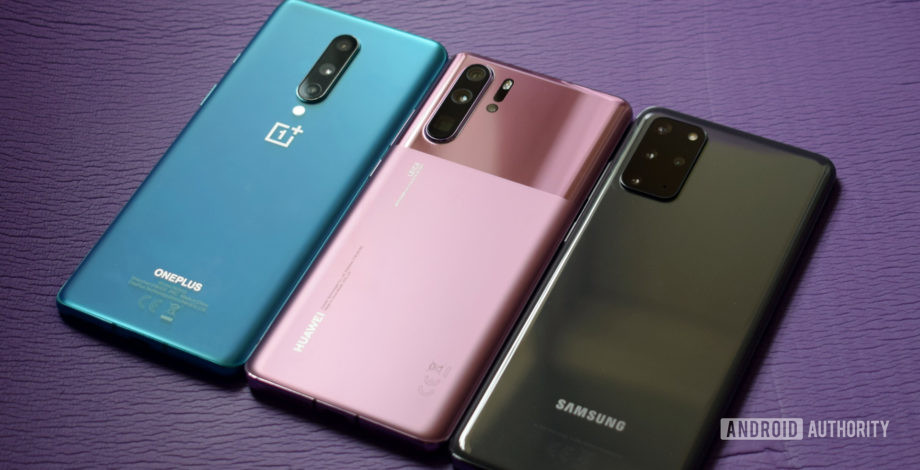
It would be ridiculous to pay for something that affords only a fraction of its marketed functionality, yet some smartphone manufacturers expect us to do just that.
More and more smartphone makers are releasing wireless earbuds that don’t receive headset updates with phones outside the brand. The OnePlus Buds are the most recent example of this practice, but OnePlus isn’t the only company to do so: Apple and Huawei are in the barrel too.
How companies limit headset features to their smartphones
Feature restrictions take many forms. The most limiting of them prevents certain consumers from accessing firmware and software updates. One of the most restricted systems is Apple’s.
AirPods users can only update their headsets with an Apple device (i.e. iPhone or iPad). In other words, Android smartphones can’t perform AirPods updates. This strategy has a two-fold effect: it further retains those already nestled into the Apple ecosystem, and it attempts to attract non-iPhone AirPods users into the fold.
Related: Let’s talk true wireless earbuds and their battery life
It’s not just updates. Phone makers reserve access to several headphone features to users of their smartphones. These include remappable controls, which affects basic functions like media playback, viewing battery life information, quick pairing, easy device switching, and more. It’s silly to realize users can’t take full control of their music simply because they own the “wro

